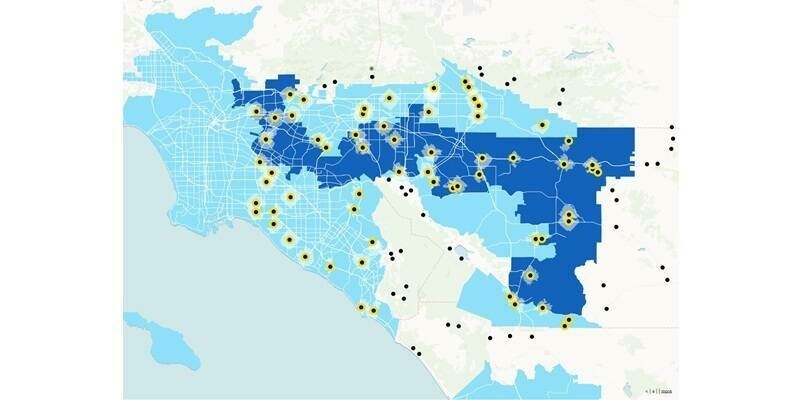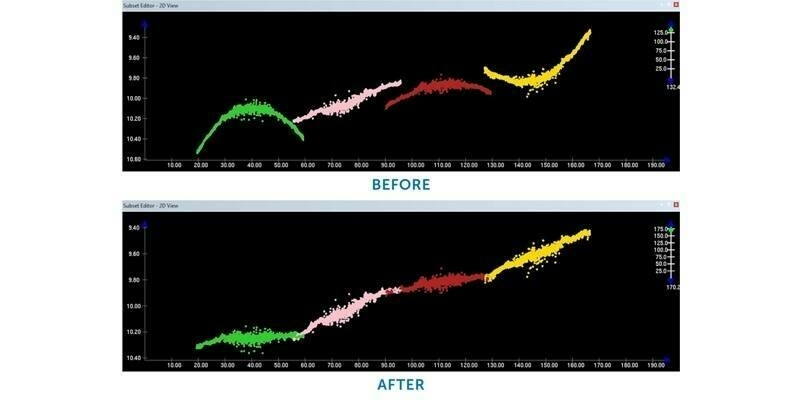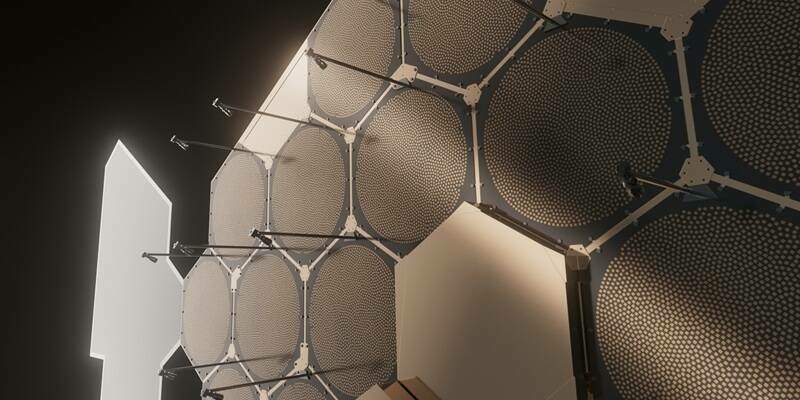Dstl will be participating in Autonomous Warrior 18, an exercise being run by the Royal Australian Navy and DST Group which builds on the success of the UK’s Unmanned Warrior in 2016. Scientists, military and industry representatives from Australia, the UK, the USA, New Zealand and Canada, have come together to address The Technical Co-operation Partnership (TTCP) Autonomy Strategic Challenge, and will be demonstrating the Command and Control of a mixed fleet of unmanned systems covering air, ground, sea surface and underwater vehicles. The aim will be to use the unmanned systems to conduct military and constabulary operations, such as: arms smuggling; mine countermeasures; wide area situation awareness and base protection.
If unmanned systems are to be adopted in the numbers that many anticipate, it will be necessary to change the way they operate. Current systems tend to require at least one person to control them via a bespoke control station, therefore requiring ever-increasing resource. The Research Programme is looking to develop and understand how to establish appropriate higher-level Command and Control of multiple systems, with digital messaging and autonomous unmanned vehicle behaviours, thereby demonstrating a transition from the current operation of unmanned systems.
Dstl is at the cutting-edge of developing maritime autonomous systems and will be contributing three components into this exercise, two of which had a significant role in Unmanned Warrior 16:
- Maritime Autonomous PLatform Exploitation (MAPLE) is a looking at the high-level Command and Control that enables the autonomous co-ordination of squads of unmanned systems to conduct military tasks. Built as applications that run on an open architecture variant of the Royal Navy’s combat management system, (think of the apps on a modern mobile phone), MAPLE has been designed to enable unmanned vehicle sourced data to be integrated into a ship’s tactical picture display.
- Dstl’s Maritime Autonomy Surface Tested (MAST) is a unique UK-designed-and-built vessel capable of reaching high speeds while navigating around the oceans. (sensing other vessels in the immediate vicinity and avoiding them in a safe manner). Various levels of automation can be utilised, from basic remote control up to autonomous route planning and navigation. It is used to test and evaluate new technologies and all aspects of Unmanned Service Vehicle (USV) operation.
- Configurable Operating Model Policy Automation Control of Task (COMPACT) is an autonomous policy management tool for unmanned systems in complex, dynamic, environments, which enables the safe operation of autonomous systems in an environment that has both manned and unmanned assets.
Ian Campbell, Technical Partner for MAST, said:
“The MAST project is developing an intelligent unmanned surface vehicle (USV) system to understand how these potentially disruptive systems may be best exploited and identify new tactics, techniques and procedures . A key part of the project now is to offer the system as a testbed to allow military users, other government departments, industry and academia to test and evaluate technologies and the use of USV systems in a real-world context.”
Matt Wilkinson, Dstl’s project manager for MAST and for MAPLE, said:
“Autonomous Warrior 18 aims to increase our understanding of autonomous operations, in order to develop our tactics in this area. It’s essential that we maintain the UK’s capability in this area, as well as exploit the innovations being developed.”
Subscribe to our newsletter
Stay updated on the latest technology, innovation product arrivals and exciting offers to your inbox.
Newsletter

